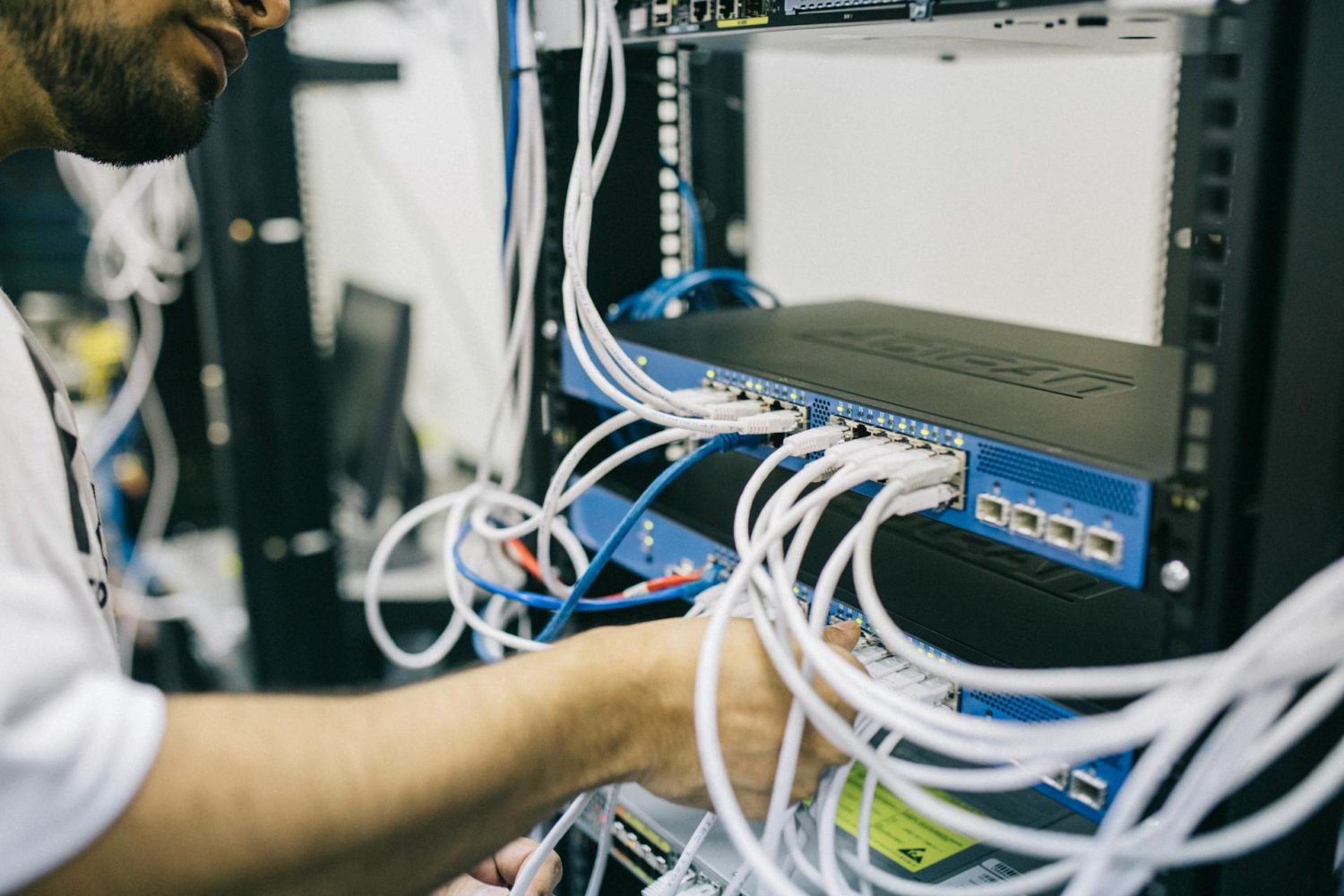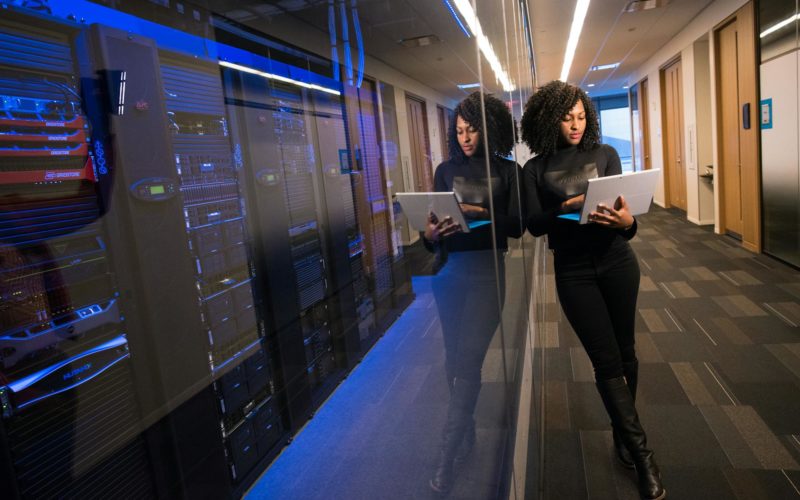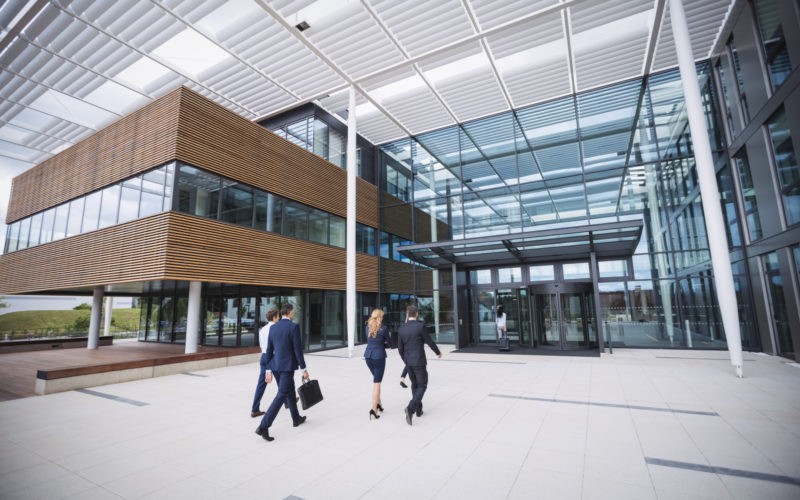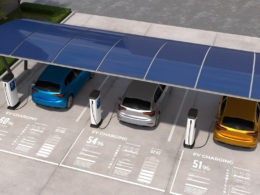Data centers — once mere server rooms meeting basic computing needs with a handful of servers and minimal infrastructure — have undergone a remarkable transformation. Over the decades, they have evolved into high-tech facilities driving modern digital life. With the increasing demand for digital services, these installations are growing bigger as well as more advanced. Data centers impact industries such as finance and entertainment. They support cloud computing, push artificial intelligence forward, and are the backbone of the Internet of Things (IoT). Their development is not just about technological advancement, but also a growing need for efficiency, scalability, and reliability in our world that is so well-connected.
During this swift evolution, sustainability has become paramount in their management. Modern facilities consume massive amounts of energy, making them significant contributors to carbon emissions and environmental impact. This has created an urgent need for greener solutions, such as energy-efficient technologies, water conservation, and renewable energy adoption. Stakeholders across government, business, and consumer sectors are increasing their scrutiny of the IT industry’s environmental impact. As a result, sustainability has become a critical factor in data center design, operation, and maintenance.
Creating a Balanced Approach for Cost and Performance
Integrating refurbished with new servers presents data centers with an exceptional opportunity of creating a balance between cost efficiency and high performance. For example, used HP servers might perform better than other brand-new servers, but come at a lower price. Refurbished servers, as a cost-effective solution, allow organizations to divert resources to other critical areas — software upgrades or staff training. By employing refurbished servers for less resource-intensive tasks — backup storage or legacy application hosting — businesses can substantially lower their capital expenditure without compromising on functionality.
New servers introduce essential cutting-edge performance capabilities. They effortlessly manage demanding workloads including real-time data analytics, artificial intelligence (AI) processing, and Internet of Things (IoT) applications. These units are crafted to reinforce modern technologies while providing the needed scalability for impending expansion. Organizations can maximize both cost-efficiency and performance by strategically using refurbished servers for routine operations while deploying new servers for pivotal tasks.
A balanced approach not only reduces financial strain but also enhances the data center’s agility and adaptability. IT managers, strategically allocating resources, attend to immediate operational demands as well as future scalability needs. This hybrid model forges a win-win scenario: businesses reap advantages from integrating refurbished with new servers — sans compromises on quality or efficiency.
Strategies for Seamless Integration
Assessing Workloads and Scalability Needs
To seamlessly integrate refurbished and new servers, organizations first conduct a thorough assessment of workloads and scalability requirements. They must distinguish tasks needing high-performance computing from those suitable for refurbished systems. For instance, mission-critical applications demanding low latency and high-speed processing are assigned to new servers. Meanwhile, functions like archival storage or internal testing environments capitalize on the efficiency of refurbished hardware.
Scalability constitutes a critical consideration. As businesses expand, their IT needs shift — demanding adaptable infrastructure. Understanding the potential for scalability in both refurbished and new servers enables IT teams to craft flexible systems that support imminent growth.
Designing Hybrid Infrastructure Models
After assessing workloads and scalability requirements, the subsequent step entails crafting a hybrid infrastructure model: it merges both server types’ advantages. This strategy places refurbished servers in positions where reliability and cost savings take precedence. Concurrently, new servers are reserved for roles demanding top-tier performance. Additionally, hybrid models may incorporate virtualization technologies — enhancing resource utilization to guarantee peak efficiency across all server types.
In addition, hybrid infrastructure designs must feature robust monitoring and management tools. These instruments enable administrators to supervise the performance of both refurbished and new servers, identifying potential bottlenecks, optimizing resource allocation, and ensuring cohesive system operation. A well-executed hybrid model thus bolsters operational efficiency while prolonging the service life of refurbished servers, thereby augmenting their total value.

Conclusion
Organizations must adopt a hybrid approach to server integration, combining new and refurbished servers, to remain competitive in this era of swift technological advancements and heightened environmental consciousness. Now is the time to act. Decision-makers should assess their current infrastructure, identify opportunities for refurbished equipment, and develop a strategy that balances cost-efficiency with performance. By integrating refurbished and new servers, businesses not only reduce their carbon footprint but also set a precedent for responsible data center management. This approach demonstrates a meaningful commitment to innovation, sustainability, and long-term success.












